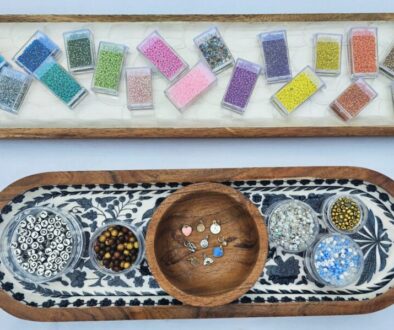
Seasonal Affective Disorder: Understanding and Managing SAD
As the days grow shorter and the nights longer, many people find themselves struggling with a particular kind of blues known as Seasonal Affective Disorder (SAD). Unlike the occasional bout of wintertime melancholy, SAD is a type of depression that relates directly to the change in seasons, beginning and ending at about the same times every year.
What is Seasonal Affective Disorder?
Seasonal Affective Disorder is a form of depression that occurs at a specific time of the year, usually in the winter. People with SAD experience mood changes and symptoms common to depression. These symptoms can significantly impact day-to-day activities and overall quality of life. The specific causes of SAD remain unknown, but the reduction in sunlight during winter months is thought to play a central role.
Symptoms of SAD
The symptoms of SAD often include:
– Persistent low mood
– Loss of pleasure or interest in normal everyday activities
– Irritability
– Feelings of despair, guilt, and worthlessness
– Sleeping for longer than usual and finding it hard to get up in the morning
– Craving carbohydrates and gaining weight
For some, these symptoms can be severe and have a significant impact on their day-to-day activities.
Management and Treatment
Light Therapy
One of the primary treatments for SAD is light therapy or phototherapy. Light therapy mimics natural outdoor light and appears to cause a change in brain chemicals linked to mood. It involves sitting near a special kind of light box for around 30 to 45 minutes each morning.
Lifestyle Measures
Making some adjustments in your lifestyle can help manage SAD symptoms. Regular exercise, particularly outdoors and in daylight, can be as beneficial as light therapy. Moreover, eating a healthy and balanced diet can also help in managing mood changes.
Psychological Therapies
Cognitive Behavioral Therapy (CBT) has been adapted for use with SAD. CBT helps people identify and modify patterns of thought and behavior that contribute to their feelings of depression.
Medication
If symptoms are severe, antidepressant medication may be prescribed by a healthcare professional. Selective Serotonin Reuptake Inhibitors (SSRIs) are commonly used to treat SAD.
Coping Strategies
Here are a few coping strategies that might also be beneficial:
– Stay Connected: Keeping in touch with friends and family can ward off the loneliness that often comes with the darker months.
– Stick to a Schedule: Maintaining a regular schedule can help keep your mood stable.
– See the Light: Get outside as much as possible, even on cold or cloudy days, to help increase your sunlight exposure.
Seeking Help
It’s important for those experiencing SAD symptoms to reach out for professional help. Mental health is as crucial as physical health, and no one should have to face these seasonal challenges alone.
While SAD can make the colder months seem particularly difficult, understanding the condition and seeking appropriate treatment can lead to significant improvements. Remember, if you or someone you know is dealing with SAD, support and resources are available.
Disclaimer: The information provided in this blog post is intended for general informational purposes only. It is not a substitute for professional medical advice, diagnosis, or treatment. Always seek the advice of your healthcare provider or a qualified medical professional with any questions you may have regarding a medical condition, or before making any changes to your health and wellness routines.
This blog post is not intended to be a substitute for medical or mental health care or emergency treatment. If you are experiencing a mental health crisis or medical emergency, call 911 or seek emergency medical help immediately.



